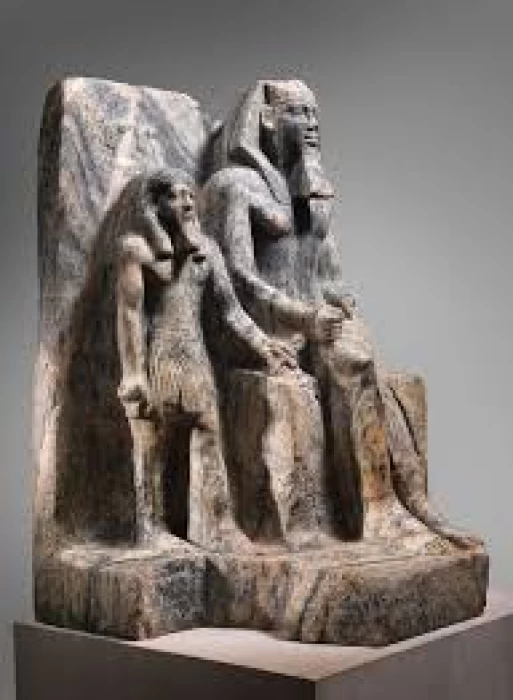
Fifth Dynasty: The Secrets of Ancient Egyptian Kings and Their Monuments
Tales and secrets revealed by the ancient Egyptian through his great civilization that reaches thousands of years, and still dazzles the world until now, every now and then one of the mysteries of history extending over many centuries is solved, some of which were recorded on the walls of temples in the time of ancient Egyptian writing, and others have not yet been recorded, but are revealed by archaeological treasures that come out of the ground.
Our story today is about the Fifth Dynasty, which was characterized by a religious tendency represented in the increase in the influence of sun worship, and the first who ruled that family was King Sarkaf, and the information that is known about this king is not much, as he was before he assumed the throne of the king as a high priest of the town of Ain Shams, as stated in the “Westcar” paper that was written about a thousand years after his death, and it seems that his rule did not last long, and it is possible that he did not rule for more than seven years.
We do not know his exact lineage, and it is said that he is his brother, and he is considered one of the warlike kings, as he was found in the Sinai Peninsula on a painting in which he was represented wearing the crown of the Upper Face, as well as an inscription with his name in “Thomas”, and the most important work he did inside the country is the construction of the great temple of the sun in “Abu Sir” near Manaf. Egypt Travel Packages often include visits to these ancient monuments, showcasing the grand legacy of the Fifth Dynasty.
The king took over after the death of “Suhoro” King “Nefer Er Ka-Ra”, and the days of his pyramid and his temple that he built for himself in Abu Sir have only left us some blocks inscribed with the titles and names of some of his contemporary employees, the name of his temple “the seat of the beloved Ra”, and the name of the pyramid “Nefer Er Ka-Ra” appears and the monuments found after him indicate that he was a favorite king among his court men.
Then comes Pharaoh “Munkawhir”, and all that is known about him, according to the Encyclopedia of Ancient Egypt by Dr. Salim Hassan, is that he sent an expedition to the Sinai Peninsula, but its inscriptions were found mostly smashed, and what remained of them is: “Hor Mankhu” the king of the Upper Egyptian face, and the sea face “Munkawhir” the giver of life and stability, and apparently he did not stay on the throne for more than eight years. Egypt Shore Excursions are a perfect way to explore such fascinating historical sites along the coast.
After “Minka and Harar” came King “Zed Ka Ra” (Isisi), and we do not know the relationship between them, and it seems that the era of “Isisi” was an era full of great deeds.
Wannas is considered in the eyes of history to be the last king of the Fifth Dynasty and one of its greatest kings, and he remained holding the scepter of the king for about thirty years, and his fame in our eyes is limited to his pyramid that he built in Saqqara, and his burial chamber containing his coffin was found inscribed all over its walls with spells and religious prayers, which were intended to preserve the deceased in the afterlife. You can explore these incredible monuments with Egypt Day Tours, which offer guided experiences to uncover the full history of this fascinating civilization.















